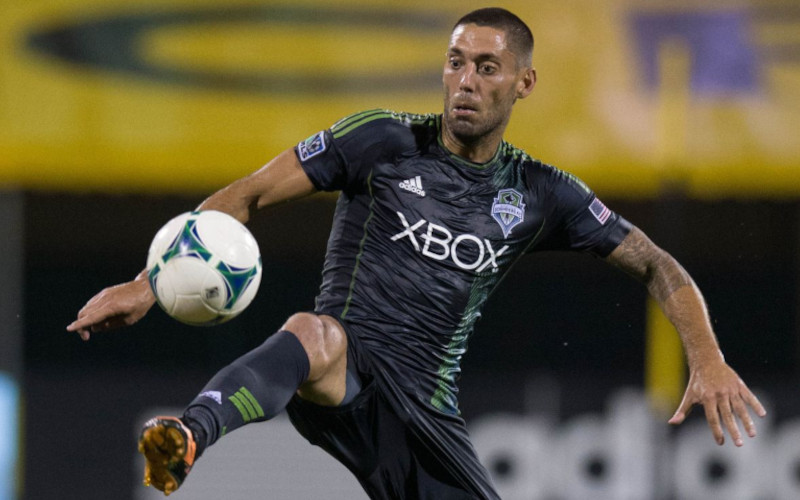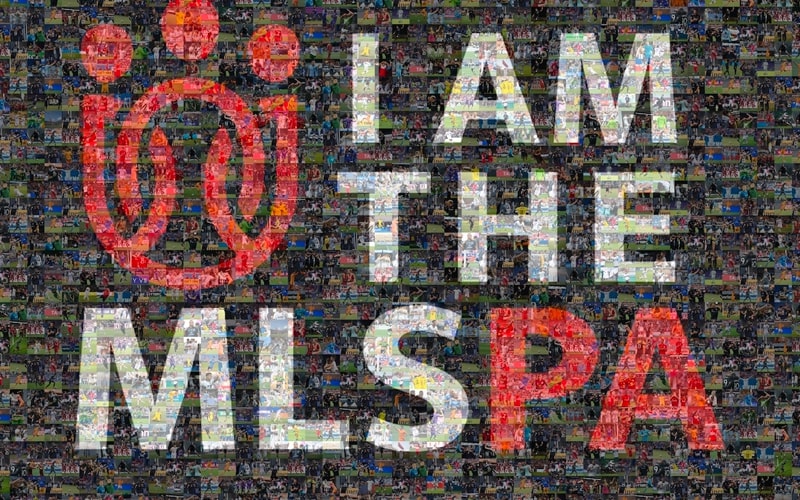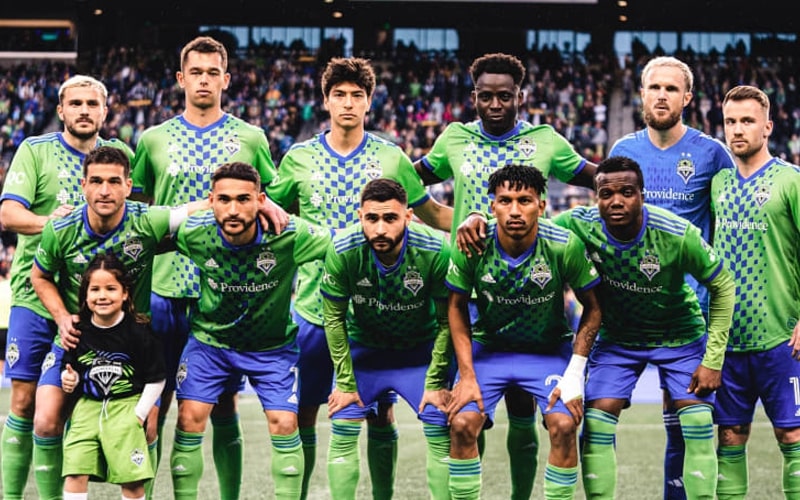Early Diversity in American Soccer
While soccer has only recently gained widespread popularity in the USA, its roots in the country go back well over a century. In the early years of American soccer, the sport was primarily played by immigrants who had come to the USA from other countries where soccer was already established. This diversity in the origins of American soccer helped to shape the sport and paved the way for greater diversity in the years that followed.
During the early years of American soccer, several notable African American players made significant contributions to the sport. One of the most significant was Arthur Wharton, who is often considered to be the first black professional soccer player in the world. Wharton was born in Ghana in 1865 and moved to England in 1882, where he quickly gained a reputation as a talented goalkeeper. Wharton played for several English clubs throughout his career, and his skill and athleticism helped to break down racial barriers in the sport.
Another notable African American player from this era was Joe Gaetjens, who scored the winning goal for the USA in their historic upset victory over England in the 1950 FIFA World Cup. Gaetjens, who was born in Haiti and grew up in New York City, was a standout player for the Brookhattan club in the American Soccer League, one of the top leagues in the USA at the time. Gaetjens’ goal against England helped to put American soccer on the map and showcased the diversity of talent that existed in the sport.
Despite the contributions of these and other African American players to American soccer, the sport remained largely segregated and dominated by white players well into the 20th century. It wasn’t until the formation of Major League Soccer (MLS) in 1993 that significant progress was made in increasing diversity in the sport.
The MLS Era Begins
The founding of Major League Soccer (MLS) in 1993 marked a turning point for soccer in the USA. The league was established in response to the growing popularity of the sport and the desire to create a professional soccer league that could compete with other sports in the American market.
In its early years, the MLS struggled to attract fans and sponsors, and the league’s lack of diversity was a notable issue. While there were a few African American players in the league, they were a small minority, and the majority of players were white.
In response to this lack of diversity, MLS officials and supporters began to take steps to increase diversity in the league. One of the key initiatives was the creation of the MLS Diversity Committee, which was established in 2007 with the goal of promoting diversity and inclusion in the league.
The Diversity Committee launched a number of initiatives aimed at increasing diversity in the league, including the establishment of a mentorship program for minority coaches and referees, and the creation of the MLS Combine Diversity Showcase, which provides opportunities for minority players to showcase their skills to MLS teams.
In addition to these efforts, the MLS has also taken steps to promote diversity and inclusion in its marketing and branding. The league has partnered with organizations such as the You Can Play Project, which works to promote LGBTQ+ inclusion in sports, and the Kick In For Houston initiative, which supports hurricane relief efforts in Houston.
While there is still work to be done to increase diversity in the MLS, these efforts have helped to make the league more inclusive and welcoming to players and fans of all backgrounds.
The Breakthrough
The first black soccer player to play in the MLS was Clint Dempsey, who made his debut for the New England Revolution in 2004. Dempsey, who is of African American descent, had played college soccer at Furman University before being drafted by the Revolution in the MLS SuperDraft.
Dempsey quickly made an impact in the league, earning Rookie of the Year honors in his first season and helping the Revolution reach the MLS Cup final in 2005. He went on to have a successful career in the MLS, playing for the Seattle Sounders and earning multiple All-Star and Best XI honors.
Dempsey’s success in the MLS helped to pave the way for other black players to succeed in the league. Today, there are a number of African American players in the MLS, including Kei Kamara, C.J. Sapong, and Darlington Nagbe, among others.
While Dempsey was not the first black player to make an impact in American soccer, his achievement in breaking the color barrier in the MLS was an important milestone for the sport in the USA.
The Legacy of Diversity in the MLS
Today, the MLS is one of the most diverse professional sports leagues in the USA. In addition to African American players, the league also includes players of Latino, Asian, and other ethnic backgrounds.
The MLS has also taken steps to promote diversity in coaching and leadership positions. In 2020, the league launched the Black Players for Change initiative, which aims to address racial inequality in soccer and society more broadly. The initiative is led by a group of black players in the MLS, who are working to promote racial equality and social justice both within and outside of the league.
The efforts to increase diversity in the MLS have had a positive impact on the league and on American soccer more broadly. By promoting inclusion and providing opportunities for players of all backgrounds, the MLS has helped to make soccer a more accessible and welcoming sport for fans and players alike.
Summary
The first black soccer player to play in the MLS, Clint Dempsey, was a trailblazer who helped to break down barriers and promote diversity in American soccer. While there is still




